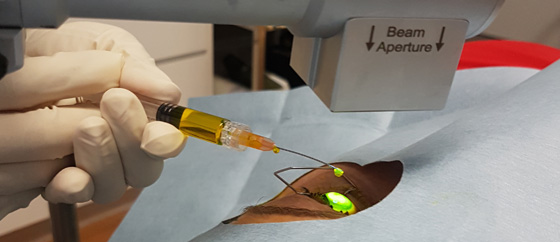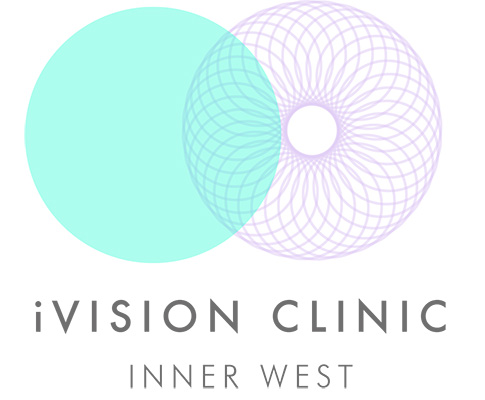Corneal collagen cross-linking (CXL) is a technique use to strengthen the cornea. It is a treatment for conditions that affect the shape of the cornea, the most common of which is keratoconus.
CXL is not a cure for keratoconus, but it can slow or halt its progression. This is unlike other treatments such as contact lenses or Kerarings, which improve vision but don’t treat the underlying corneal weakness.
CXL uses ultraviolet (UV) light and a chemical (usually vitamin B2) to create cross-links or bond between the collagen fibres in the cornea. These cross-links stiffen and strengthen the cornea.
We use the latest Emagin C-eye CXL device to treat corneas as thin as 200 micron using the sub-400 micron protocol .

Who is corneal collagen cross-linking suitable for?
CXL may be a suitable treatment if you have:
- Keratoconus
- Pellucid marginal degeneration
- Terrien’s marginal degeneration
- Corneal problems after LASIK or radial keratotomy
Your eye specialist will advise you if CXL is a good option for you.
CXL is not usually recommended if:
- Your cornea has become very thin or is severely scarred
- You have had ocular herpes
- You have an eye infection
- You have a history of poor wound healing or problems with your immune system
- You have severe dry eye
What happens during corneal collagen cross-linking?
CXL is done under topical anaesthetic (eye drops). Your eye specialist may give antibiotics before the procedure. You will be awake but you will not feel any pain.
The eyelids are held open with a speculum and your surgeon will apply drops of vitamin B2 (riboflavin) every 1–5 minutes for 15–30 minutes. The vitamin B2 diffuses through the cornea into the anterior chamber of the eye, where it can be seen with a special lamp.
A UV light is then positioned a few centimetres from the cornea. It stays there for around 30 minutes.
After the UV light is removed, you will be given antibiotics eye drops and a bandage contact lens will be placed.
What happens after corneal collagen cross-linking?
You will need to use antibiotic drops 3–4 times daily.
Your vision may be temporarily hazy due to some swelling of the cornea. Rarely, some permanent haze may occur.
